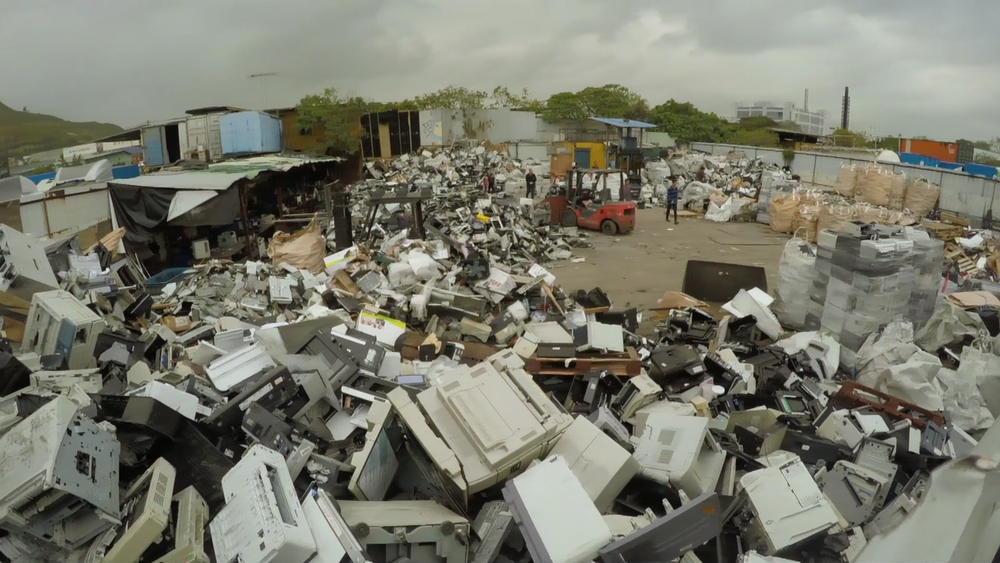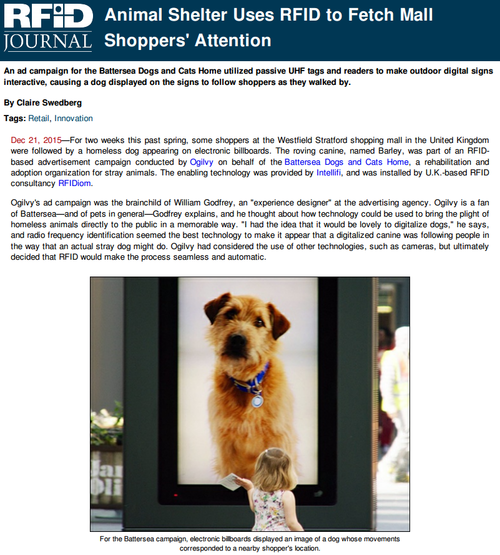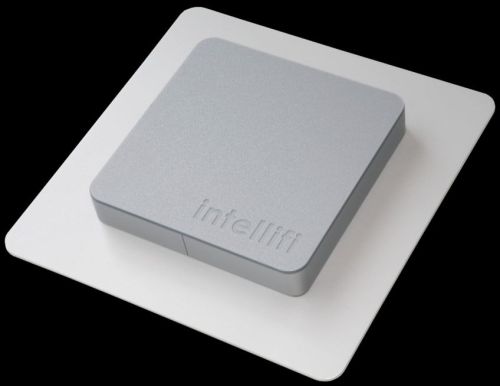Amazon Plans To Open Its Own Department Stores
The first stores are expected to be located in Ohio and California and will be about 30,000 square feet in size, which would be smaller than the typical department store, the Journal reported. The e-commerce giant, which last year had $386 billion in sales, has been expanding into physical retail in recent years, opening grocery stores, book shops and specialty pop-ups around the country. Analysts say its latest foray — while unexpected — provides an opportunity to reach customers in a new way.
“More stores bolster Amazon’s whole ecosystem and flywheel,” said Neil Saunders, managing director of GlobalData, a research and consulting firm that tracks the retail market. “They also allow Amazon to gather data and to understand consumer preferences better — understanding that can, in turn, be used to improve the whole proposition.” Traditional department stores, he noted, have been declining for years because of a “failure of innovate and adapt.” Stores such as Macy’s, J.C. Penney and Kohl’s, which made up about 15% of retail sales in 1985, now account for less than 3%, Saunders said.
The pandemic has created new challenges for the nation’s department stores, tipping a number of storied chains, including Neiman Marcus, J.C. Penney and Lord & Taylor into bankruptcy. Nearly 200 department stores have permanently closed since last year, and another 800 — or about half the country’s remaining mall-based locations — are expected to shutter by the end of 2025, according to commercial real estate firm Green Street. But for Amazon, this could be an opportunity to shake things up: Its 30,000-square-foot department stores would be about one-third the size of a traditional mall anchor, mirroring plans by many of the country’s retailers to open smaller, more easily-accessible stores. “If it gets rolled out in a serious way, it is very bad news for traditional department stores,” Saunders said. “The lack of innovation by traditional department stores means their defenses are very weak so the last thing they need is to fend off a new invader to their space.”
“The move makes sense,” says Bloomberg Intelligence senior retail analyst Poonam Goyal. “It’ll extend Amazon’s reach beyond Amazon Go, Whole Foods and Kohl’s while also opening up more distribution points. At 30,000 square feet, the locations will be more appealing than traditional on-mall department stores that are three times bigger. Off-mall strip centers could be sought, given their better traffic profile.”


 For two weeks this past spring, some shoppers at the Westfield Stratford shopping mall in the United Kingdom were followed by a homeless dog appearing on electronic billboards. The roving canine, named Barley, was part of an RFID-based advertisement campaign conducted by Ogilvy on behalf of the Battersea Dogs and Cats Home, a rehabilitation and adoption organization for stray animals. The enabling technology was provided by Intellifi, and was installed by U.K.-based RFID consultancy RFIDiom.
For two weeks this past spring, some shoppers at the Westfield Stratford shopping mall in the United Kingdom were followed by a homeless dog appearing on electronic billboards. The roving canine, named Barley, was part of an RFID-based advertisement campaign conducted by Ogilvy on behalf of the Battersea Dogs and Cats Home, a rehabilitation and adoption organization for stray animals. The enabling technology was provided by Intellifi, and was installed by U.K.-based RFID consultancy RFIDiom.